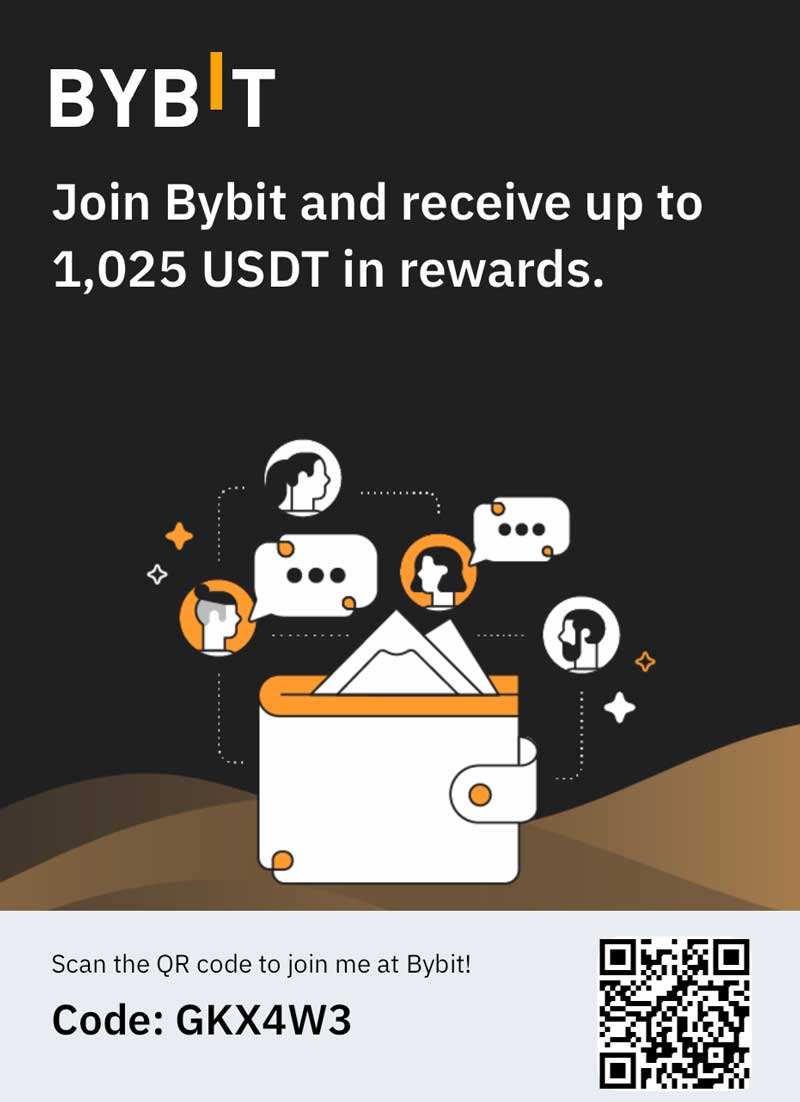Market research is perhaps the most important step of launching any new product. It’s simply collecting and analysing the data needed to identify the consumer needs which a new product will satisfy. From the perspective of the business, market research significantly reduces risk and allows for much more accurate decision making. Due to the many variables of a new product launch, market research is all but mandatory in order to ensure the company launches the right product for the market — the market research process provides the company with necessary information not just on consumer wants and needs but on competitors, potential sales numbers, and the ideal marketing mix.
Here are the four key elements which market research seeks to shed light on:
Customer wants and needs
Everyone has different needs, so it’s important to identify consumers with similar characteristics. Companies then choose a particular section of the market to address with their products. This section or ‘target market’ acts as the focal point for subsequent marketing activities.
The competition
No company operates in isolation. The firm must identify competitors and monitor their actions. The company must know the competing products as well as their own, in order to identify where the new product can carve out a competitive advantage.
The marketing mix
All marketing hinges on producing the right product, selling it for the right place, selling it at the right locations, and using the right kind of promotion. These are known as the “4Ps” of a marketing mix, and the combination must be right for each product. Some products get the most benefit from having their names printed on promotional bags, whereas others are best promoted on TV. Market research helps reveal which methods work best in advance.
Potential sales numbers
By estimating in advance the sales volume of a product, market research lets the firm produce the right amount. As a result the company faces less financial risk and gets maximum return on investment.
In practice, market research takes place both at the desk (by e.g. reviewing records and locating material on the Internet) and in the field, by contacting or observing potential consumers. Surveys and focus groups are a well-known example of field market research.
Field and desk research is further divided into quantitative and qualitative research. Quantitative research provides hard facts, attempting to estimate e.g. what percentage of the population is likely to buy something. Qualitative research attempts to explain why or how things are the way they are, providing insight that sparks new ideas.
Here is how market research fits into the larger product development process:
Idea Generation & Selection
All products begin with an idea generation and selection process. Ideas may be generated both by company staff or by consumers, and they are often produced in “brainstorming” sessions where people come together to come up with ideas. People get complete freedom to devise ideas which might make a good product — all ideas are discussed, even the most far-fetched ones.
The ideas are then developed, improved, and finally selected based on the company’s knowledge of the market. At this point the firm will go through their market research data again and often commission new studies to verify the favoured idea is likely to work.
Concept and Prototype Development
After the most promising idea has been selected, engineers are assigned the task of devising a new product which fits the general outlines of the idea. In the early stages, mock-ups or descriptions of the prospective product are tested with consumer research focus groups.
Feasibility & Test Marketing
Once the product design is complete, the company performs a detailed cost analysis to determine whether the product can be produced and sold profitably. Market research again comes into play here, in order to determine whether consumers will buy at the price.
A prototype, or sample of the final product, is then made. At this point market research is used to determine the ideal product name for the packaging. The final packaged prototype is then used for hands on testing among the target market to determine whether they would enjoy the product. This testing may be done in-house or by an external market research agency, and usually takes the form of surveys and interviews with consumers from the target market asked to sample the product.
Product Launch
Finally, if the market research studies of the prototype indicate the product is viable, the company launches the product. Here, the 4Ps of the marketing mix come into play — the product must be introduced at the right price, using the right form of promotion, in the right distribution channels (place). The first P, product, has already been determined.
Particularly crucial during the launch is promotion. Consumers are less likely to buy an unfamiliar product than the one they know well, so the promotional aspect of the launch informs consumers about the benefits of the new product and creates some familiarity which convinces them to try it.
Alex Pejak is an economist currently working on a few projects in Australia. She is interested in topics related to market research and career development.

